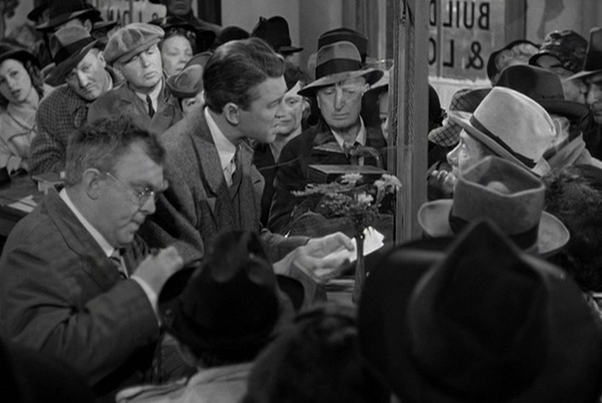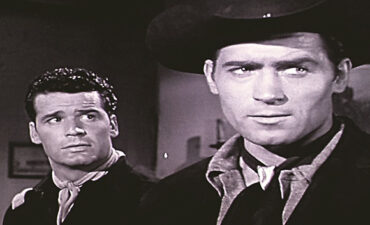How was the banking system like before the 30s Great Depression? Before the 1930s Great Depression, the banking system in the United States and many other parts of the world had several characteristics that made it quite different from today’s banking system:
Fragmented and Unregulated System
Thousands of Small Banks: The U.S. had a large number of small, often local banks, many of which were very fragile. This was partly due to laws that restricted banks from opening branches in multiple states or even multiple cities.
Lack of Federal Regulation: There was no central regulatory authority overseeing the entire banking system. The Federal Reserve was created in 1913 but had limited powers and scope. Many banks operated without significant oversight.
Speculative Practices
High-Risk Investments: Many banks engaged in speculative investments, including loans to stock market investors. This was particularly prevalent during the 1920s when the stock market experienced a speculative bubble.
Margin Loans: Banks frequently provided loans to individuals and businesses to buy stocks on margin, meaning that they were buying stocks with borrowed money. This increased the vulnerability of both the banks and the borrowers to market fluctuations.
Lack of Deposit Insurance
No Safety Net for Depositors: There was no system of deposit insurance, so if a bank failed, depositors could lose all their savings. This lack of protection contributed to widespread bank runs when people rushed to withdraw their money at any sign of trouble.
Economic Boom and Bust Cycles
Boom in the 1920s: The 1920s, also known as the Roaring Twenties, was a period of economic growth and widespread prosperity. Many people invested in the stock market, often with borrowed money.
Bank Failures: The boom was followed by a bust at the end of the decade. Many banks failed during the Great Depression because they were unable to recover the money they had lent out.
The Role of the Federal Reserve
Limited Influence: Although the Federal Reserve existed, it did not have the same level of control over the banking system that it has today. Its policies were often reactive rather than proactive.
Inadequate Response: During the onset of the Great Depression, the Federal Reserve’s response was widely seen as inadequate, and it failed to prevent the collapse of many banks.
Stock Market Crash of 1929
Catalyst for the Depression: The stock market crash of October 1929 is often seen as the starting point of the Great Depression. The crash led to a loss of confidence in the banking system, triggering bank runs and further bank failures.
Banking Reforms Post-Depression
Reforms: In response to the Great Depression, significant banking reforms were implemented in the 1930s, including the establishment of the Federal Deposit Insurance Corporation (FDIC) in 1933 to insure deposits and the introduction of stricter regulations and oversight.
Summary
Before the 1930s Great Depression, the banking system was highly fragmented, minimally regulated, and prone to speculative excesses and vulnerabilities. The lack of deposit insurance and effective oversight contributed to the widespread bank failures that characterized the financial collapse of the early 1930s.











